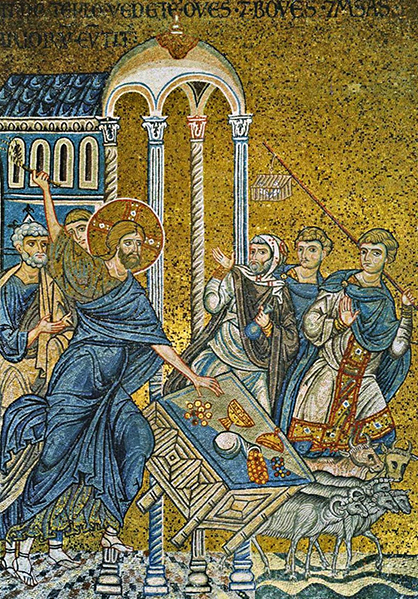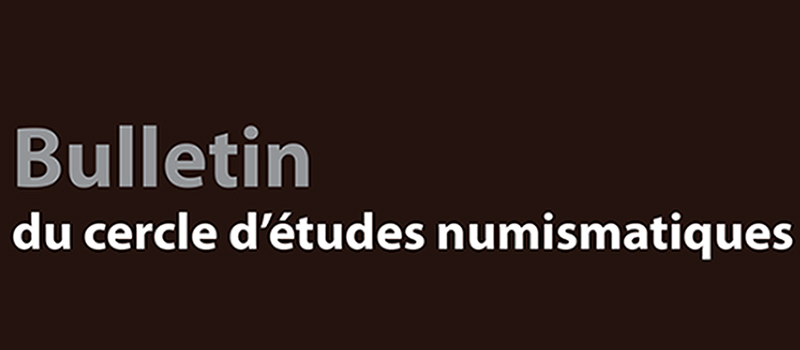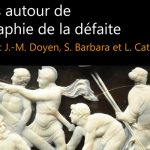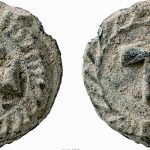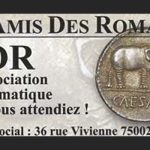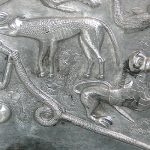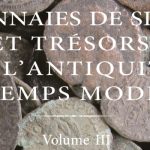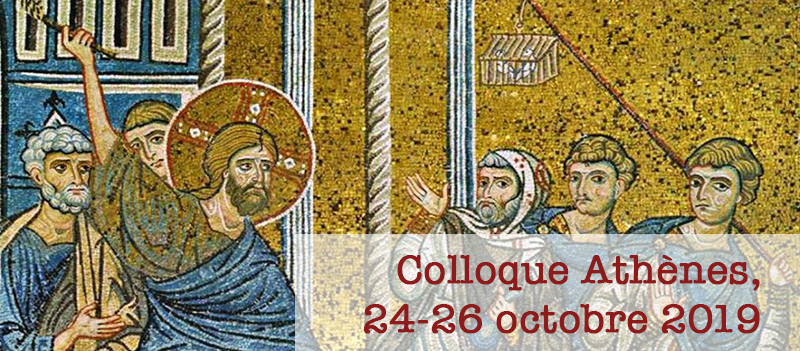
« Coins for the Gods, coins for the merchants ‒ Economy of the sacred compared to the economy of profane » | « Monnaies pour les dieux- monnaies pour les marchands L’économie du sacré comparée à l’économie du profane »
Money has been a primary witness of our economic and social life. One tends to forget its role in the domain of the divine.
This will not be a simple discussion of the representation of temples and the like on various coinages but, indeed, the very presence of these currencies found in places of worship. Coins found in sanctuaries can often be counted in their hundreds or thousands; how did these coins arrive in their final locations? Are they to be considered as offerings to the gods, payments to officials, payment for the purchase of offerings (think: ‘religious concession stands’) or simply the cost of entry into the sanctuary? But we must also ask: who are those paying and what is their social status?
The purpose of this symposium is to examine the specific context of the discoveries of coins in sanctuaries. When examining this type of find, it is important to determine the reason for any coinage to be found in places of worship (human constructions, wells, fountains, lakes and rivers, sinkholes, etc.)
A coin may be an offering of sorts, a term certainly better in this context than ex voto, which signifies the solutio of a votum. In this case, written sources tell us of two categories of monetary offerings: stips and iactatio stipis. The question of how to archeologically interpret the number of discoveries is in fact also problematic: should we consider every coin found in a sanctuary as an offering? Speaking of offerings – what types of coins are given and can substitute objects, made specifically for this purpose, also be used?
A similar symposium in Athens, held in November, 2017, and devoted to ‘Charron’s Obol’ demonstrated the interest of the researchers in the contextualization of monetary discoveries made in the Mediterranean basin. This present symposium entitled, ‘Coins for the Gods, coins for the merchants – Economy of the sacred compared to the economy of the profane’ will examine the same geographic area, namely the Mediterranean and its immediate environs. The period covered will begin in the 6th century BC and bring us to the present day.
La monnaie est par excellence le témoin de la vie économique et sociale. On aurait tendance à oublier son rôle dans le domaine du divin.
Il ne s’agit pas ici d’aborder la représentation des temples sur les monnaies mais bien la présence des monnaies dans les lieux de culte. Les monnaies retrouvées dans les sanctuaires se comptent parfois en centaines ou en milliers d’exemplaires. Comment y sont-elles arrivées ? S’agit il d’offrandes aux dieux, de payement aux officiants, d’achat d’offrandes (pensons aux « Marchands du temple »), ou encore d’un droit d’entrée au sanctuaire ? Qui sont les donateurs, quel est leur statut social ?
Le but du colloque est de rendre compte du contexte spécifique des découvertes monétaires dans les sanctuaires. Face à ce genre de trouvailles, il convient de déterminer la raison exacte de leur présence dans les lieux de culte (sanctuaires construits, puits, fontaines, lacs et rivières, gouffres…).
Il peut s’agir d’offrande, terme certainement mieux choisi qu’ex-voto qui signifie la solutio d’un votum. Dans ce cas, les sources écrites nous montrent qu’il existe deux catégories d’offrandes monétaires : la stips et la iactatio stipis. La question de l’interprétation archéologique des découvertes de numéraire dans les lieux de culte est en effet problématique : faut-il considérer chaque monnaie présente dans un sanctuaire comme une offrande ? Et dans ce cas, quel type de monnaie est donné en offrande ? Y a-t-il des objets de substitution, fabriqués spécifiquement à cet usage ?
Le colloque organisé à Athènes en novembre 2017, consacré à l « obole à Charon » a montré l’intérêt des chercheurs pour la contextualisation des découvertes monétaires effectuées dans le bassin méditerranéen. Le nouveau colloque “Coins for the Gods, coins for the merchants ‒ Economy of the sacred compared to the economy of profane” reprendra le même cadre géographique, à savoir la Méditerranée et ses marges. La période couverte ira du début du VIe s. av. J.-C. à la période contemporaine.
Proposals for submissions (title and a maximum of 20 lines of presentation) or posters (the format is A0) are expected by June 30, 2019, and are to be sent to Dr. Panagiotis Iossif (piossif@bsaa.info). The duration of each presentation is set at a maximum of 30 minutes (+ 15 minutes discussion).
The selection committee will meet during the month of July; a list of selected submissions will then be made public. Final texts will be directed the secretary of the symposium by December 31, 2020. These will then be published in a special issue of the Journal of Archaeological Numismatics, to be issued in October, 2022.
Les propositions de communication (titre et 20 lignes maximum de présentation) ou de posters (le format requis est le A0) sont attendues au plus tard pour le 30 juin 2019 et sont à envoyer au Prof. Panagiotis Iossif (piossif@bsaa.info). La durée de chaque intervention est fixée à 30 minutes maximum (+15 min. de discussion).
Le comité de sélection se réunira dans le courant du mois de juillet. La liste des communications retenues sera alors rendue publique. Les textes définitifs devront être remis au secrétaire du colloque pour le 31 décembre 2020. Ils seront réunis dans un numéro spécial du Journal of Archaeological Numismatics, à paraître en octobre 2022.

